Sometime in the next few weeks or months, Israel’s Defense Forces (IDF) may need to re-enter Gaza in force to put an end to Hamas’ control of Gaza. Should it do so, it is likely that the IDF attack will come from multiple directions, be unrelenting, and not stop until Hamas is vanquished. However, the IDF will also encounter the same obstacle that it did in 2023 and 2024—Hamas’ tunnels. Therefore, I think it worthwhile to dig deep (pardon the sort of unintended pun) to explore whether the IDF is better prepared today to deal with those tunnels than they were seventeen months ago.
History
Tunnel warfare has been around since the beginning of war, and we have seen no shortage of it over the last 100 years. Both the British and the Germans used tunnels in World War One during which, in one battle, the British army packed tunnels that snaked underneath enemy lines with explosives. The ensuing explosions killed 10,000 German soldiers. In World War Two, Japanese soldiers defending the small island of Iwo Jima used tunnels they built to devastating effect. From innumerable exits, they popped out to fire on American marines, killing thousands. During the Vietnam war, the Vietcong used tunnels at Cu Chi and elsewhere to surprise and bedevil American forces that held the terrain above them but had difficulty finding and neutralizing what was below. And between 2016-2017, Iraqi forces and their allies had to root out ISIS terrorists from tunnels under Mosul. Hezbollah too employs tunnels, many inside Lebanon, but also years ago built several massive cross-border tunnels that Israel discovered and neutralized in 2018. These are just a few of the many instances where tunnels have been used with deadly effects in the modern era.
But nowhere have tunnels been used more effectively than in Gaza by Hamas. There, the underground is saturated with 500 miles of intersecting tunnels built for different purposes, that incorporate thousands of entry/exit points and included at least one tunnel 250 deep (equal to a 25 story building). All were intentionally intertwined with civilian structures to camouflage their existence and designed to impede the IDF’s ability to detect and eliminate them because of the presence of civilians whose deaths Hamas callously desired so that it could use their demise as a political tool. Israel estimates that Hamas spent about $440,000 per mile of standard tunnel and up to a billion dollars for the entire complex Hamas created composed of standard and more expensive specialized underground facilities. Combined, they act as a force multiplier for Hamas and take away many of the IDF’s technological advantages. They also forced the IDF to change its combat doctrine that employs speed and maneuver to quickly win wars.
And for years, Hamas has perfected its techniques and tactics. In 2002, Hamas tunnellers dug under an Israeli outpost on the Gaza/Egypt border, packed the passageway with explosives, and then set off an explosion that wounded three IDF soldiers. Then, on June 25, 2006, Hamas fighters emerged at 5:00 am from a tunnel that stretched from Gaza into Israeli territory behind IDF defensive positions. They then used an anti-tank weapon to destroy a nearby tank, shot two soldiers still alive in that tank and then dragged a third soldier, Gilad Shalit, back into Gaza. It took six years and the release of more than 1,000 Palestinian terrorists (including Yahya Sinwar) before Hamas let Shalit go. Then, in 2013, the IDF discovered a Hamas tunnel stretching more than a mile and a half from Gaza to nearby Kibbutz Ein HaShlosha. The tunnel was 65 feet deep, its walls contained 24,000 concrete slabs that required 800 tons of concrete (equal, I calculate, to the amount of concrete that it would take fifty concrete pumping trucks), and took a year to build.
In 2014, Hamas initiated yet another conflict with Israel. This time, nine IDF soldiers were killed on multiple days by Hamas terrorists emerging from tunnels crossing the border that culminated with exits near Israeli communities.

In total in 2014, the IDF destroyed fourteen tunnels crossing from Gaza into Israel but left one partially intact for display to foreign dignitaries. A few years later, I walked into that tunnel.
Dark, narrow and lined with concrete and cable, it had a low ceiling. For me, it was a sobering moment realizing that terrorists used that same space to sneak into Israel —only matched when a couple years later I walked into a much more sophisticated Hezbollah tunnel that stretched into Israel and perhaps again in 2023, when I crawled through a Viet Cong tunnel in Cu Chi, Vietnam.
Then came the Guardian of Walls operation in 2021. Over eleven days, Hamas and Palestinian Islamic Jihad fired more than 4,000 rockets and mortar shells at civilian centers in Israel. The IDF responded by striking 1,500 terror targets inside Gaza, and importantly for this analysis, reportedly destroyed up to sixty miles of Hamas’ terror tunnels inside Gaza. In response, Hamas recognized that the architecture of their tunnels contained an inherent problem—explosions from airstrikes could severely damage tunnels far from the impact site because the explosive effects were enhanced by the their enclosed nature. Therefore, Hamas spent $225,000 to install blast doors at critical points to better protect against airstrikes and any future ground assaults.
Israel’s Response to the Tunnel Threat
In the aftermath of the discovery in 2014 of fourteen Hamas tunnels with exits inside Israel, the IDF knew it had a problem that required solutions. The United States also had a tunnel problem due to cartel activity along its southern borders and recognition that some of its enemies abroad use tunnels. Therefore, given the mutual need of both nations and Israel’s acute problem, the U.S. Congress passed legislation signed by President Obama that created a mandate and funding for cooperation between the two countries for tunnel detection.
The legislation in conjunction with independent research, including in the civilian sector, led to investigation of multiple methods for detecting tunnels, including:
Seismic and acoustic detectors.
Magnetometers and other metal detectors to find sophisticated underground structures with metal in pipes, cabling, and communication equipment.
Electronic waves that bounce back from tunnel walls
Gravity measurement technology dependent on deviations in the consistency of what is underground.
Ground penetrating radars.
Thermal imagery that could detect the presence of human beings underground.
Random drilling at fixed intervals when a tunnel is suspected in a general area.
Random targeting from the air using ground penetrating weapons when a tunnel is suspected in a general area.
Monitoring topographical changes in color and general appearance plus identifying structures used to hide digging equipment and the presence of excavated earth.
However, none of these techniques are foolproof and each comes with drawbacks. Also, the type of terrain matters. Therefore, the techniques are often used in combination to maximize the likelihood of tunnel exposure. Fortunately, in 2018, some combination of these techniques worked when Israel discovered six massive Hezbollah tunnels cut into the hard rock of the region that had exits inside Israel (in Gaza the terrain is softer and easier to build tunnels in, but the ones dug into the hard rock along the Lebanese border hold up better).
Also, Israel built an expensive wall above and below ground, complete with a myriad of subterranean and aboveground sensors, that encircled Gaza. But, as we now know, while that wall may have stopped Hamas from building more tunnels into Israel, it did not stop the terrorists from going through and over the wall.
Once discovered, there are multiple techniques used for mapping a tunnel that don’t require human presence, but can be stymied, at least in part, by blast doors, including:
Robots (which likely can set explosives to deal with blast doors).
Specially designed drones.
Dogs carrying video cameras (training time combined with attrition rate makes this difficult on a large scale).
Smoke injection combined with monitoring where the smoke rises to the surface.
Also, Israel changed its combat doctrine. Previously, the IDF had been loathe to send its soldiers into the tunnels absent an emergency, such as a kidnapped soldier. Now, the IDF decided that practice was not sufficient to address the threat. Therefore, the IDF tasked a special operations engineering unit formed in 1995, called Yahalom, to focus on dealing with tunnels. During its 16-month training cycle, the unit learned to maneuver in squad size formations to increase the number of tunnels it could deal with simultaneously. And, as part of their training, its soldiers learned to identify indicators of tunnel presence (such as markings on buildings, infrastructure for power, ventilation, etc.). According to one report, by 2023, the Yahalom unit had 900 soldiers.
Yahalom soldiers also had to learn new methods to fulfill their need to detect and destroy enemies present within the tunnels, and to map and secure the tunnels. New methods were required because most standard techniques for above ground fighting do not work underground. There, in those enclosed, often zig-zagging spaces, soldiers require special equipment to breathe, see, communicate, navigate, breach obstacles, and even to shoot. For example, line-of-sight or GPS satellite navigation is impossible under the earth (boot sensors that track footsteps have been experimented with). Nor will night vision goggles dependent on ambient light work because there is no light in those pitch-black spaces. Even blasts from thrown hand grenades or firing personal weapons can prove dangerous without employing specialized gear and tactics.
Tunnel Fighting in Gaza in 2023 and Early 2024
Hamas’ tunnels were integral to its war fighting strategy. Now found to contain as much as 500 miles of passageways (much more than the IDF thought at the beginning of the fighting), Hamas viewed the tunnels in combination with the hostages as its path to survival. By hiding underneath Gaza’s civilians, Hamas thought the IDF would be impeded from taking direct action against many of its minions causing a delay in operations, and that the death and wounding of many civilians precipitated by Hamas’ disregard for their welfare would eventually lead to the international community stopping Israel before it could finish Hamas off.
Recognizing the strategic import of the tunnels, in the early days of fighting in Gaza, the IDF targeted many known Hamas bunkers and tunnels with precision guided munitions fired from airplanes while:
taking as much care as possible to avoid hostages imprisoned in those structures; and
considering the value of the target versus expected civilian losses.
Nevertheless, especially with Hamas’ implementation of blast doors and penchant for placing high value targets under civilian facilities such as hospitals or other no-go places, this technique held no promise of completely eradicating Hamas’ tunnel system. But it was a necessary start because of Hamas’ continued massive missile firing, its multiple buried underground command and control centers tasked to command Hamas’ response to the IDF’s forthcoming ground operation, and because of Hamas’ general defensive preparations.
Then, on October 27, 2023, the IDF initiated its large-scale ground operation into Gaza. Immediately, the IDF encountered extraordinary numbers of tunnel entrance/exits hidden in civilian housing and other structures that led to numerous tunnels that which often-contained multiple entry and exit points. These tunnels then intersected with many other tunnels, creating a massive complex array in which to move about and hide. Some of the tunnels were built for strategic purposes designed for large terrorist units to shuttle back and forth, others were tactical in nature more appropriate for house-to-house movement and fighting. Also present were untold numbers of bunkers and subsurface spaces utilized for command, storage, and manufacturing weapons.
Tactically, Hamas used many of the tunnels to pop up by surprise, fire at IDF soldiers from unexpected directions including from behind, and then escape back into a nearby tunnel shaft per their training—rendering it difficult for the IDF to clear and hold terrain. As a result, often the IDF needed to engage in week-long battles to secure small sections of built-up areas. Also, Hamas operatives would sometimes initiate cave-ins over tunnel exits to make it difficult to locate and reach the camouflaged openings. In addition, Hamas employed a myriad of boobytraps inside and adjacent to the tunnels, sometimes embedded in walls, to kill any soldier or trained canine entering them. One boobytrap killed five IDF soldiers. All this made the IDF cautious about ordering its regular soldiers to go into the tunnels to kill terrorists hiding there.
In hopes of finding an alternative to risking its soldiers’ well-being, the IDF experimented with using industrial pumps to push thousand of cubic meters of water into tunnels to flush out terrorists inside. That didn’t work. Because of the porous nature of the concrete lining the walls and the sandy terrain beyond, the water drained out almost as fast as it was pumped in. The process was further slowed by the presence of drains in some of the tunnels and impeded by the blast doors Hamas put in place. One small tunnel took two weeks to fill. The IDF gave up the idea of flooding.
As a result, the IDF carried on with a different strategy. When a tunnel entrance was found, soldiers would guard it while waiting for a Yahalom unit to come and investigate the tunnel below. The tunnel entrance/exit could not be ignored because that would allow terrorists to use it later to deadly effect. Also, there was intelligence to be gathered below and there was always the possibility of the presence of hostages. Nor could tunnels be easily destroyed (as discussed below). But there were far more suspected tunnel entrances than there were Yahalom squads to deal with them. And some of the suspected tunnels turned out to be wells, or other civilian structures, of no military value, thus further diluting Yahalom’s forces. All this significantly slowed down IDF operations because of the need to wait for a Yahalom unit coupled with the need to station infantry resources to guard the openings.
But over time, the IDF increased its knowledge of the tunnel systems it faced. The IDF learned that each Hamas unit had its own network, sometimes connected and sometimes not to other tunnel systems dedicated to larger units. By uncovering the architecture, the IDF then made educated guesses about how the design would channel Hamas’ movements. The IDF also uncovered tunnels that facilitated movements between northern and southern Gaza.
Meanwhile, the IDF pushed the knowledge and tactics used by Yahalom to regular units. Nevertheless, despite the IDF increasing its ability to enter the tunnels, this was not enough to rapidly increase the pace and success of operations. Something more was required.
In stepped Brigadier General Dan Goldfus. In early 2024, Goldfus commanded the 98th paratroop division. The paratroopers were an elite unit and Goldfus was the commander charged with leading that division into Khan Yunis in 2024.

Goldfus focused on the structure and purpose of individual Hamas tunnels and how Hamas defended them. After exploring many of them himself and directing his soldiers to study their details, Goldfus determined that the tunnels had different designs dependent on their purpose and that their architecture often differed based on their location in Gaza. Then, after understanding the network in his area of operations, he devised tactics for dealing with them. They included devising strategies for entering the tunnels without tipping off Hamas of IDF presence and operating simultaneously above and below ground. Thus, while troops pushed through the tunnels below ground soldiers operated above them on the surface— introducing the element of surprise and reducing Hamas’ tactical ability to maneuver while requiring it to deal with threats from multiple directions. Goldfus’ success led to his promotion to Major General and to his leadership of Northern Command later in 2024. There, he commanded the IDF forces that moved into Lebanon and uncovered and dealt with Hezbollah’s vast network of tunnels.
But finding the tunnels and defeating those hiding inside is one thing. Getting rid of the tunnels is another.
Destroying Tunnels in Gaza
From 2013-2018, Egypt used sewage and seawater to eliminate tunnels coming from its territory into Gaza. But, while that might work at least temporarily for less sophisticated tunnels, doing so does not necessarily render the tunnels permanently unusable, requires much time and liquid, and risks environmental issues that could poison the water table for a long time to come.
In 2018, Israel pumped wet concrete into Hezbollah’s tunnels that entered Israel. In fact, there exists a famous video of concrete oozing out of a Lebanese home under which Hezbollah built a tunnel that stretched into Israel. But filling a tunnel requires a lot of concrete. Therefore, because of the number and length of Hamas’ tunnels, pumping them full of concrete is not viable
Explosives are a time-tested and validated option for destroying tunnels. One way of doing so is to drill holes at 650-foot intervals and inject liquid TNT into the tunnels. But that requires about 19 tons of explosives per mile. Another method is to place regular TNT throughout a cleared tunnel. But that requires about 50 tons of explosives per mile. Israel, even though it foraged explosives from unexploded Hamas ordnance to destroy some tunnels, simply does not possess enough explosives to do the trick for all of Hamas’ tunnels.
And finding the tunnels, clearing them, and then placing explosive charges takes time. One tunnel dug 250 feet down took months to destroy. Much smaller ones occupy dozens of soldiers during the process of placing charges and take a whole day to demolish. Alternatively, in some circumstances, the IDF has used D9 bulldozers to scrape through the earth to dig out tunnels where appropriate. But this, too, takes much time.
Future Operations
When the IDF reenters Gaza, as now seems increasingly likely, it likely will employ some form of General Goldfus’ tactics, and any new ones it has thought of, to move expeditiously to clear threats emanating from the tunnels. But that will still leave the need to get rid of them. Similarly, even if a solution is found that replaces need for the IDF to re-enter Gaza, the problem of getting rid of tunnels will remain.
And that is a huge problem.
The entire tunnel system cannot be left intact because bad guys will then return to use them again. This is what happened in Vietnam when the Vietcong reused Vietminh tunnels built by them to fight the French. It happened in Afghanistan when Al-Qaeda repurposed tunnels built by the Mujahedeen to fight the Russians. And it happened in Iraq when ISIS took residence in, and further built-out, tunnels constructed by Saddam Hussein. And it will happen in Gaza if the tunnels are not appropriately dealt with. Hamas will use the tunnel substructure to hide, reform, and control Gaza no matter what governing entity is installed.
Fortunately, however, not all tunnels need to be destroyed. Certainly, the ones coming from Egypt into Gaza used for resupply and illicit movements into and out of Gaza must be demolished. So too, the ones running from northern Gaza into southern Gaza must be eliminated, as is the case for strategic tunnels used for moving large numbers of troops as well as those used or appropriate for underground storage, factories and command and control. But the ones leading from house-house are of less importance. In a perfect world they should be eliminated as well. But we are not living in a perfect world. Destroying those tactical tunnels might be beyond what can be reasonably achieved in the time Israel has, or any other new governing power has, before it will be pressured or decides to return governance to civilian control. In short then, if a tunnel fulfills a strategic purpose it must go, but if it only has a tactical purpose, it might by necessity be left intact.
But whether Israel takes control of Gaza, or some other governing body does so, just finding and eliminating tunnels of significance will take a long time. And, necessarily, because of how and where Hamas constructed the tunnels, demolishing them will further damage civilian infrastructure and necessitate at least temporary evacuation of local civilians while demolition is occurring. Israel will have the will, and given the time, the means to do so. Will an alternate temporary governing force possess the same determination and capability? Likely not. But if the tunnel system is not eradicated, Hamas or worse will inhabit them and return in greater force to impose its tyranny on the Gazan populace while inflicting its Jihadist and murderous desires on Israel. If that happens again, then all the suffering will have been for naught.
Therefore, the tunnels, as well as Hamas, have to go.
A Special Request
If you think this article of value, please share it with others. Please also consider indicating if you see value in the article by “liking” it or adding a comment. Doing so helps me determine the subject of future articles that you might find beneficial and, through social media, broadcasts my work to a wider audience.
The Show Must Go On: Behind Al-Sharaa’s Moderate persona, Violence and Bloodshed in Syria—Written by Zoe Levornik for the Alma Research and Education Center—march 11, 2025
Damascus May Have Hammered Out Deal with Druze in Suweida - Analysis—Written by Seth J. Frantzman for the Jerusalem Post—March 11, 2025
Historic Deal Between Damascus and Kurdish-Led SDF Could Transform Syria - Analysis—Written by Seth J. Frantzman for the Jerusalem Post—March 11, 2025

New Doc. 'October 8': Exposing US Antisemitism After Hamas Attack—Written by Hannah Brown for the Jerusalem Post—March 13, 2025
Hamas’s Plan to Turn Gaza Into Another Lebanon—Written by Yaakov Lappin for the Begin-Sadat Center for Strategic Studies—March 13, 2025
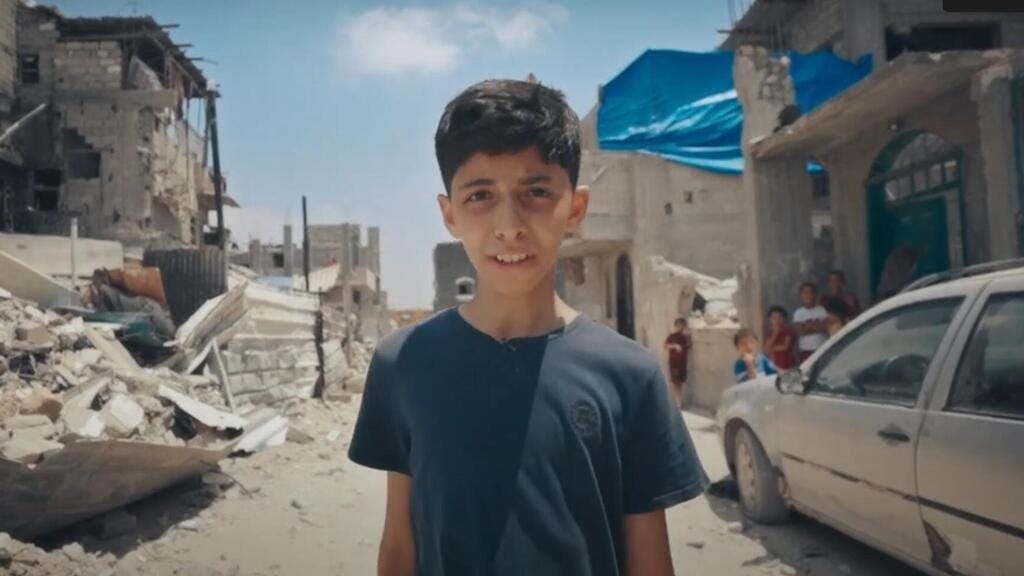
The Gaza War is the Biggest Failure of Journalism in History.—Written by Jake Wallis Simons for the Future of Jewish—March 10, 2025
UK Journalist Who Blew Whistle on BBC Gaza Documentary: ‘I Caught Them in Bed with Hamas’—Written by Bart Schut for Times of Israel—March 7, 2025
A BBC Scandal Exposes the Sham Industry of Anti-Zionist Documentaries—Written by Seth Mandel for Commentary—March 6, 2025
"My heart hurts ... Maybe he's in space." If only we were all five-year-olds and could somehow explain the savagery.—Written by Daniel Gordis for his Substack, Israel From the Inside—February 25, 2025
Al-Jazeera Program about the October 7, 2023, Terrorist Attack and Massacre—Published by the Meir Amit Intelligence and Terrorism Information Center—February 14, 2025

Is Israel Preparing to Strike Iran's Nuclear Sites?—Written by Jonathan Spyer for the Jerusalem Post—February 21, 2025
An Analysis of the New York Times Coverage of the War Between Israel and Hamas—Written by Edieal J. Pinker from the Yale School of Management—January 20, 2025
The Man Who Called for Action Before Oct. 7 Explains How to Solve Gaza, Iran - Interview—Written by Yonah Jeremy Rob for the Jerusalem Post—March 9, 2025
The Memory-Holing of a Pogrom—Written by Brendan O’Neill for Spiked—March 10, 2025
Israel Knew What It Was Doing In Syria—Written by Seth Mandel for Commentary—March 6, 2025
Gaza: From Red To Blue—Written by Dennis Ross and Assaf Orion for the National Interest—February 28, 2025
Bridging the Gap: Turkey Between East and West—Testimony of Jonathan Schanzer before Congress
Israel’s Struggle with Hezbollah—A War Without End is now available in eBook and hardback format on Amazon and IngramSpark. This compelling narrative explores Hezbollah’s origins and cancerous growth, traces Israel’s response, and reveals Israel’s present readiness to meet Hezbollah’s challenge.
Cliff Sobin
Important Link—Alma Research and Education Center: Understanding the Security Challenges on Israel’s Northern Border

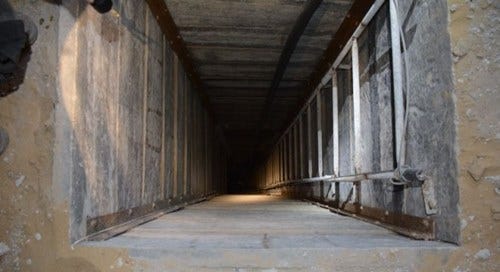


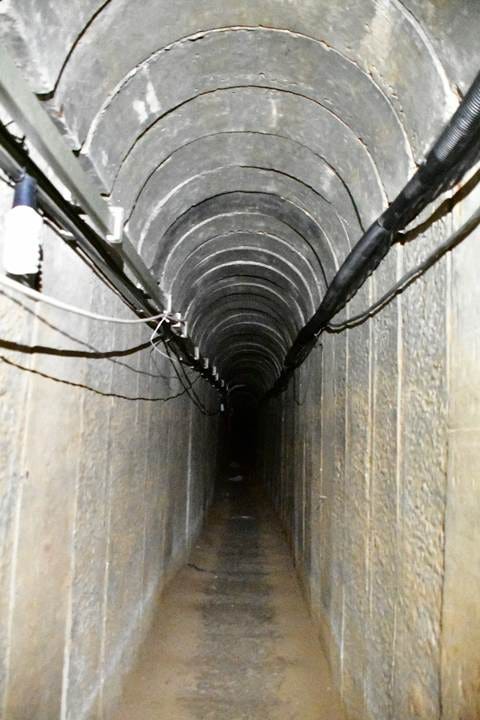

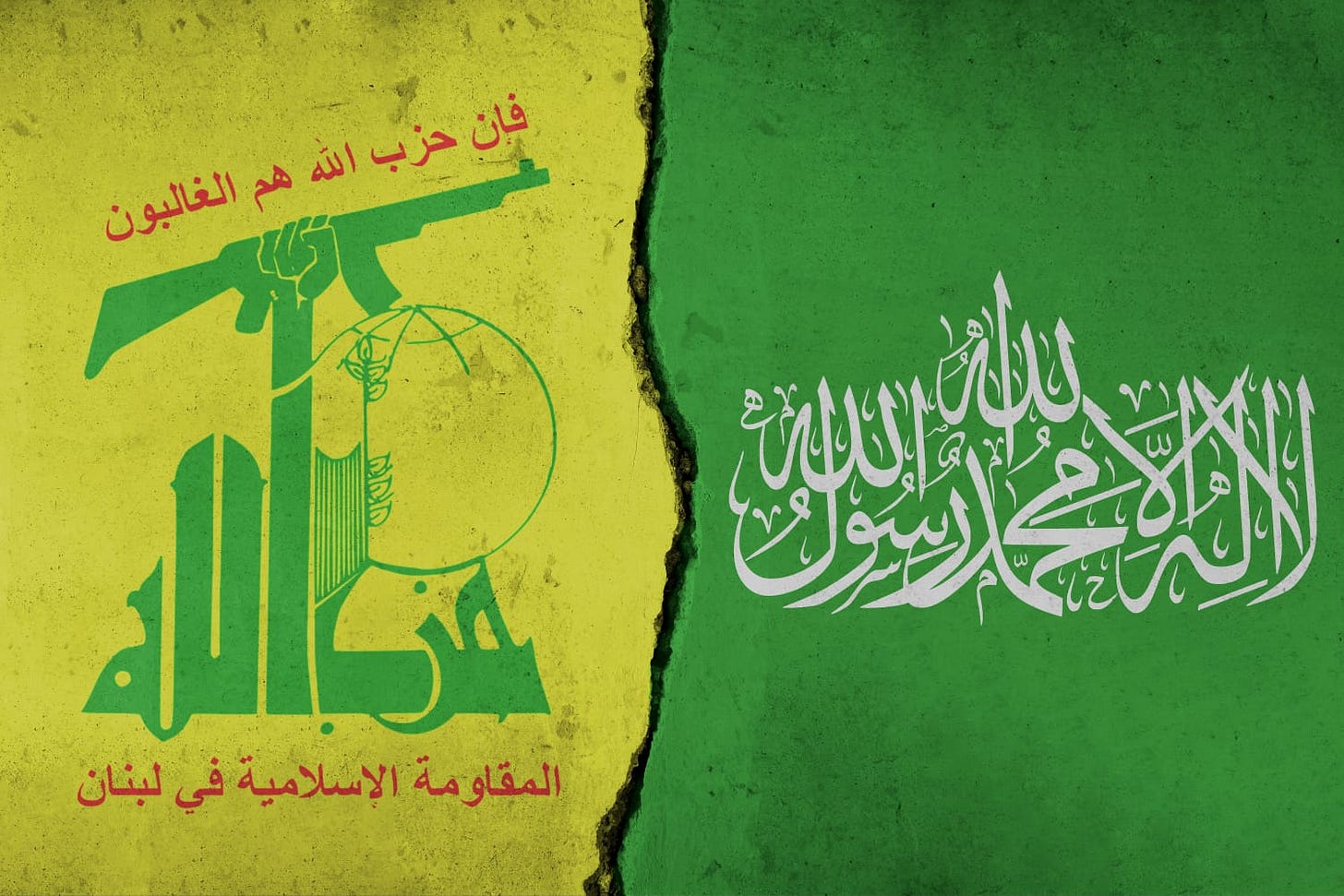



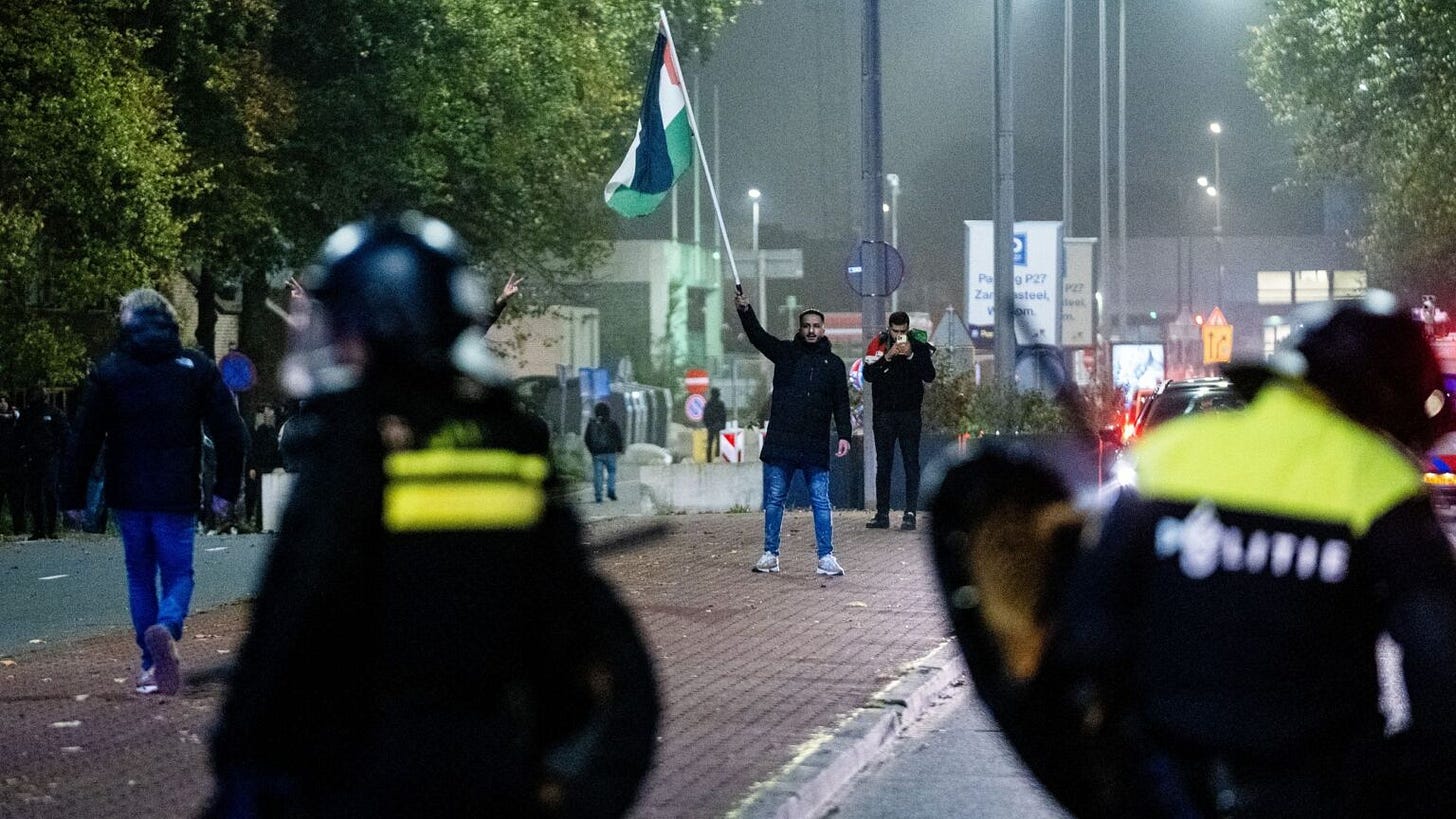
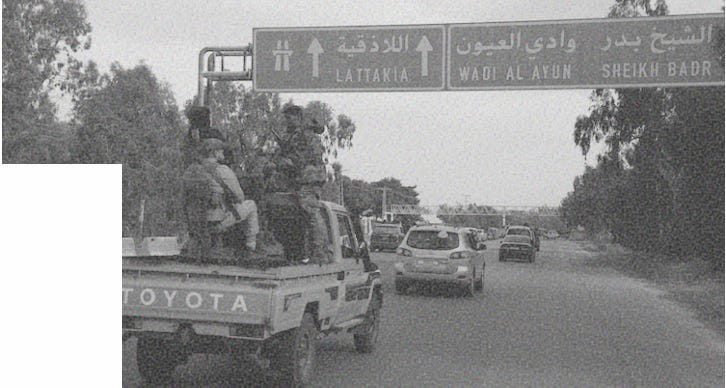
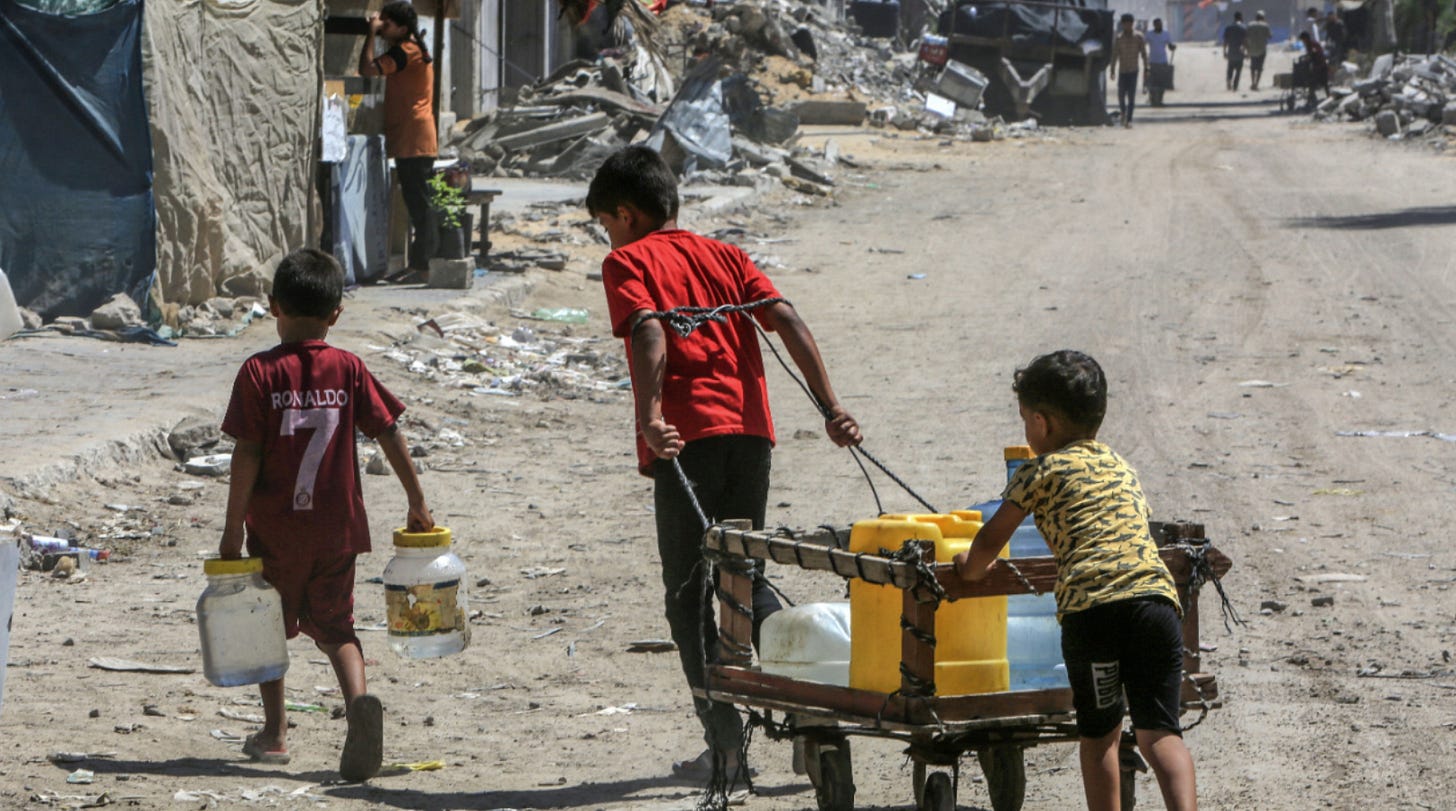



Thank you so much, Rebekah.
Fascinating article. I learn from every article that Cliff writes.